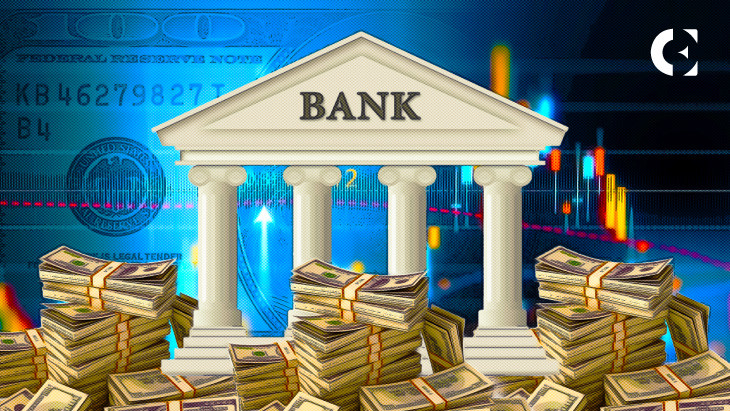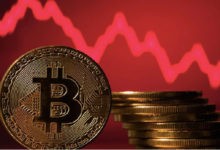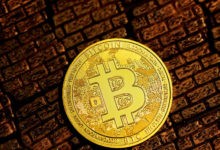Poppe: US Banking Crisis Could Initiate Bitcoin Bull Market

Mainstream banks’ stocks tumbled following the speech by the Federal Reserve Chair, Jarome Powell, despite the Chair’s bullish approach and assurances over the markets. Michael Van de Poppe, the founder of EightGlobal, thinks such scenarios could influence a banking crisis that would initiate the next Bitcoin bull market.
In a video analysis uploaded on YouTube, Poppe noted that Powell, in his recent speech, maintained that the banking system is sound and resilient. As a result of Powell’s speech, several banks’ stocks dropped in value, suggesting a disagreement with the Fed Chair’s position.
Poppe observed that some regional banks’ stocks collapsed hours after Powell’s speech. PacWest Bancorp lost 57.79% of its value to top the losing chart, while Western Alliance followed with a loss of 28.61%. Other banks that topped the losers’ list include Comerica losing 10.06%, Zion’s Bancorp losing 9.71%, and KeyCorp losing 6.93%.
Using the Bitcoin 30-minute chart, Poppe explained that while banks’ stocks fell in the aftermath of Powell’s speech, Bitcoin price rallied. He also noted that just like Bitcoin, Gold rallied after the Federal Reserve Chair concluded his speech and Bitcoin moving in tandem with Gold is a good development for the crypto market.
Poppe’s analysis showed that bank stocks and the Bitcoin markets do not move in the same direction. He noted the growing uncertainty among the banks and the increasing tendency of such banks not to trust the assurances of the regulator could spell more doom for the mainstream markets. According to him, the current scenario does not look good for the US banking sector, and the absence of an immediate solution could result in more serious consequences.
Focusing on market projections, Poppe observed that the proposed rate cuts by the Fed in the coming months could lead to a significant bull run for Bitcoin. However, if the cuts take place after the markets have started to drop, there might be a sell-off of Bitcoin in a liquidity correction that could kick in a bottom before prices begin to shoot up again.






 Bitcoin
Bitcoin  Ethereum
Ethereum  Tether
Tether  USDC
USDC  TRON
TRON  Dogecoin
Dogecoin  Cardano
Cardano  Bitcoin Cash
Bitcoin Cash  Chainlink
Chainlink  Monero
Monero  LEO Token
LEO Token  Zcash
Zcash  Stellar
Stellar  Litecoin
Litecoin  Hedera
Hedera  Dai
Dai  Cronos
Cronos  OKB
OKB  Tether Gold
Tether Gold  Ethereum Classic
Ethereum Classic  KuCoin
KuCoin  Algorand
Algorand  Gate
Gate  Cosmos Hub
Cosmos Hub  VeChain
VeChain  Stacks
Stacks  Tezos
Tezos  Dash
Dash  TrueUSD
TrueUSD  IOTA
IOTA  Basic Attention
Basic Attention  Theta Network
Theta Network  Decred
Decred  NEO
NEO  Synthetix
Synthetix  Qtum
Qtum  Ravencoin
Ravencoin  0x Protocol
0x Protocol  DigiByte
DigiByte  Zilliqa
Zilliqa  Siacoin
Siacoin  Nano
Nano  Numeraire
Numeraire  Waves
Waves  Status
Status  Enjin Coin
Enjin Coin  Ontology
Ontology  Hive
Hive  BUSD
BUSD  Lisk
Lisk  Pax Dollar
Pax Dollar  Steem
Steem  Huobi
Huobi  NEM
NEM  OMG Network
OMG Network  Bitcoin Gold
Bitcoin Gold  Augur
Augur